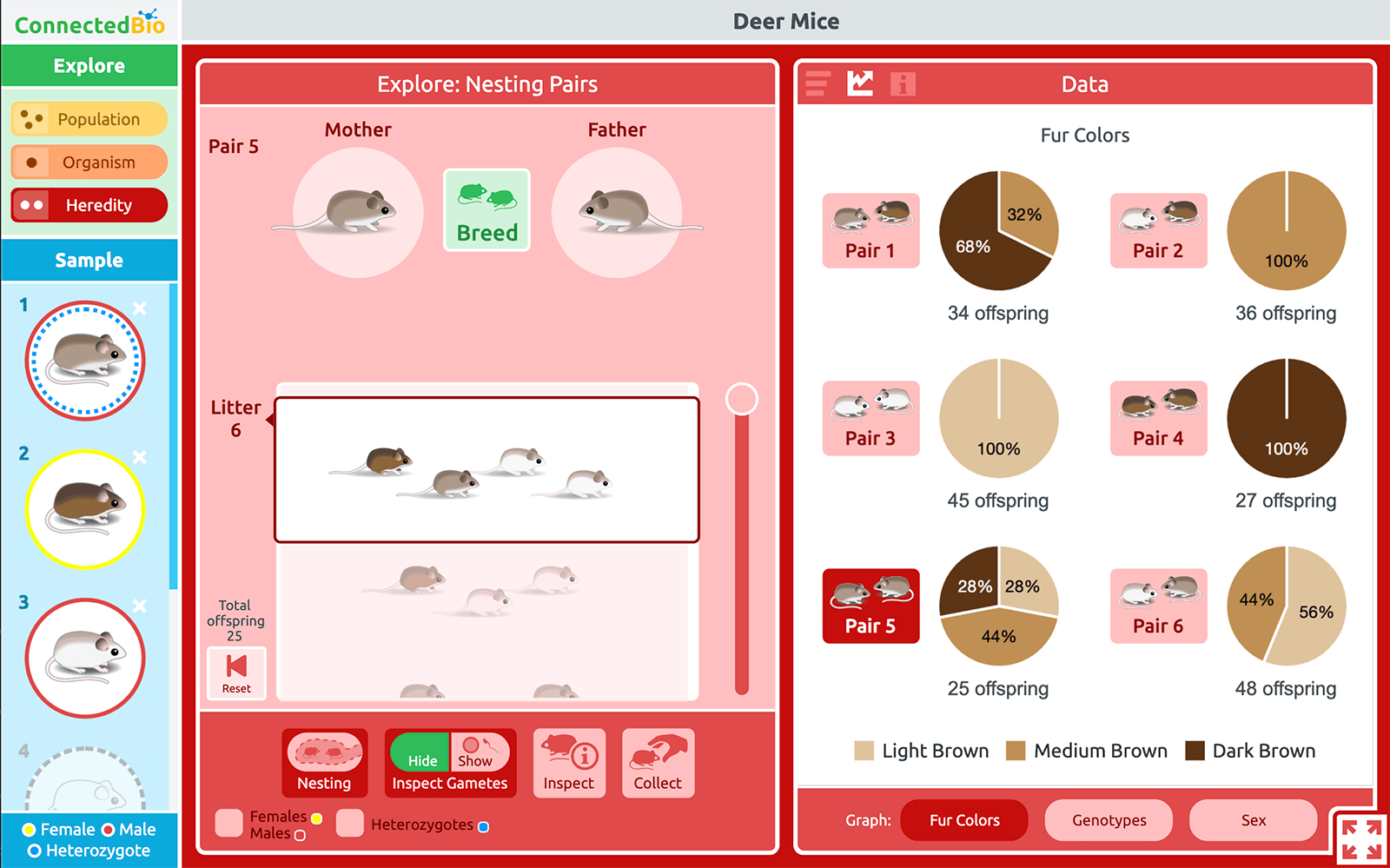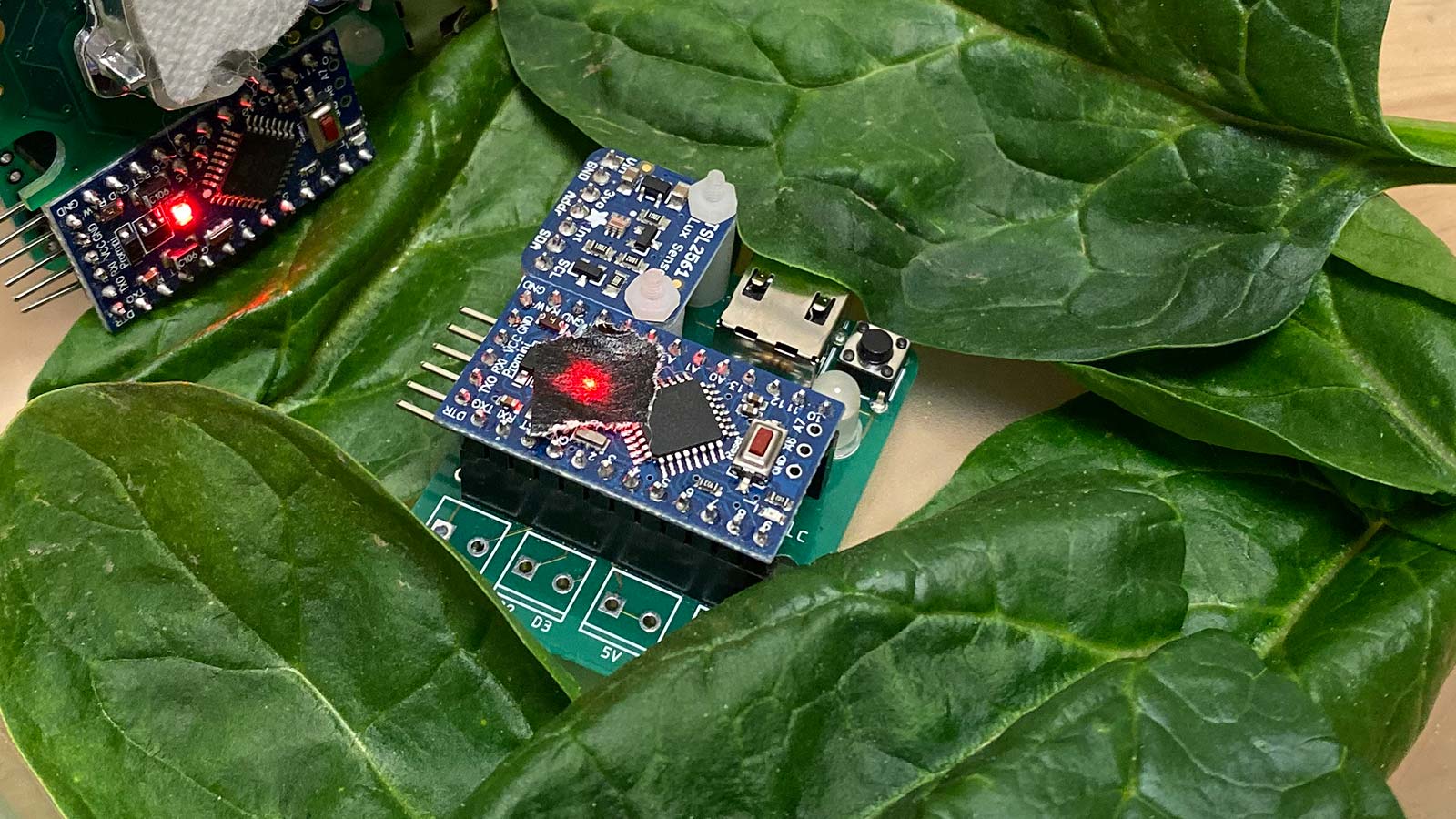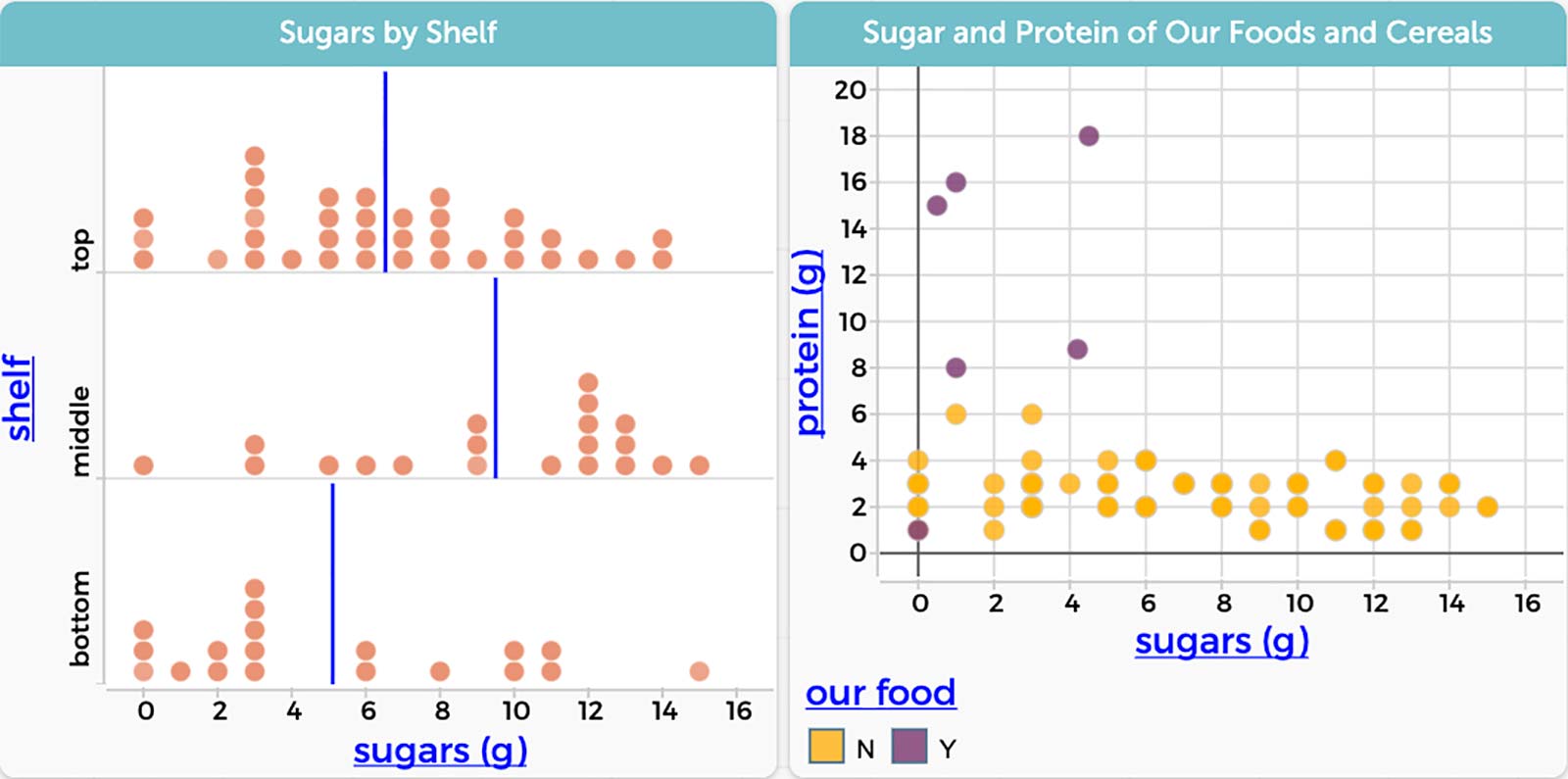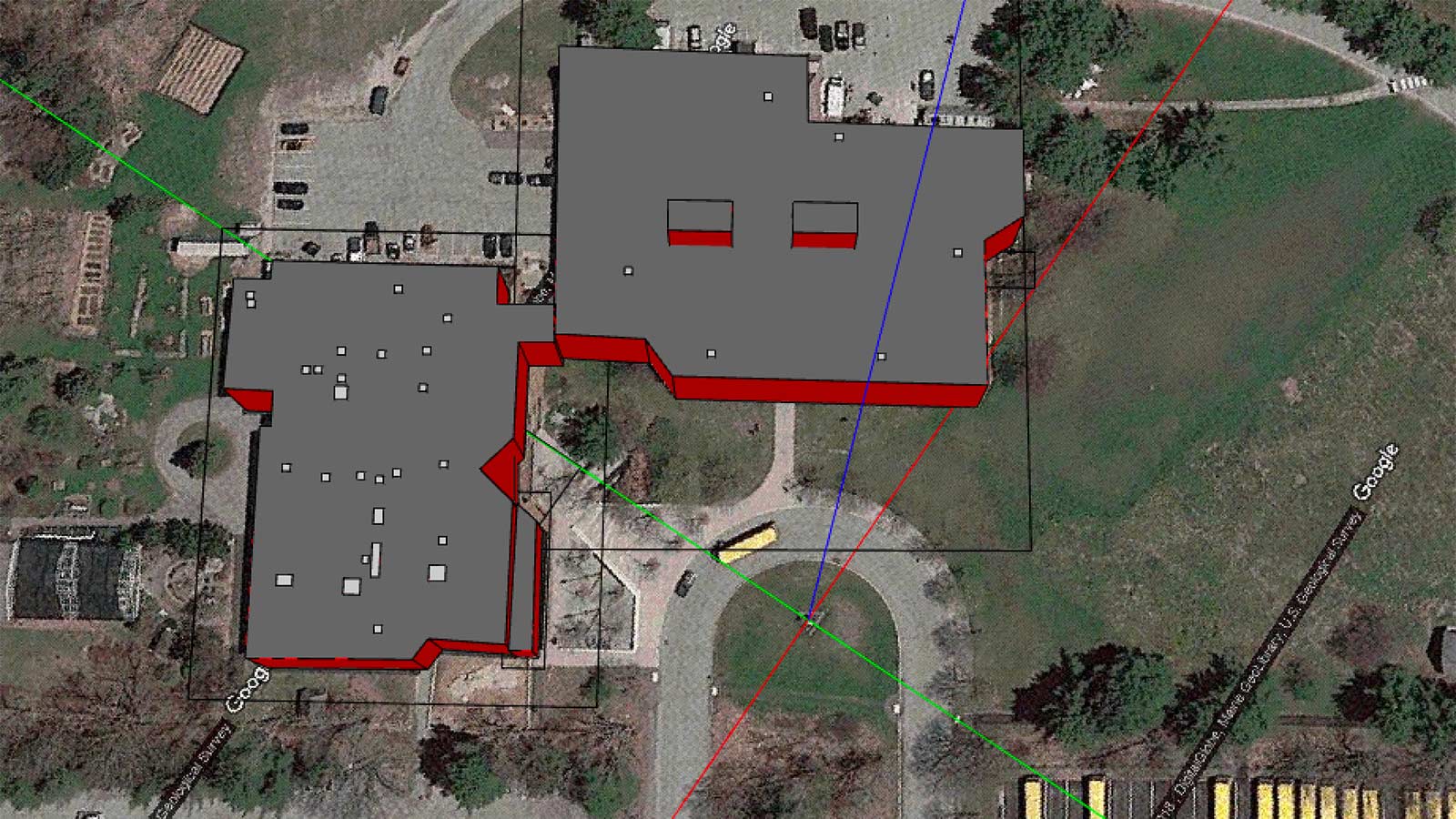Teaching Computational Thinking Through Weather Prediction, Demystifying Punnett Squares, Writing Data Stories, and more in Spring @Concord
Perspective: Environments for Coherent, Inquiry-based Learning
The arrival of COVID-19 has changed lives around the globe on an unprecedented scale. In the process, it has begun to transform learning for millions of students, introducing many to distance learning for the first time and placing virtual learning resources center stage worldwide. While the migration of classroom teaching to online settings is temporary, the understanding we gain about technology’s potential for STEM learning will endure far beyond the current crisis.
Teaching Computational Thinking Through Weather Prediction in Alaskan Villages
Research shows that to achieve meaningful learning students should be able to relate what they are learning in school to their real-life experiences. So what happens when students live in a unique environment under circumstances not usually addressed by a conventional curriculum? In Alaska, the distances are vast and many villages can only be reached by boat or plane, not roads. The terrain ranges from expansive forests to treeless tundra and even Arctic “weather deserts” where no snow falls at all. The amount of sunlight also changes drastically throughout the year from long hours of daylight to seemingly endless darkness. Many Native Alaskan villages are unique not only in terms of their geography. They lack services familiar to the lower 48 states: movie theaters, shopping malls, and even road signs. And in some villages people primarily speak Inuktitut or other traditional languages. Developing a curriculum that recognizes and values those differences and relates to the local culture can be empowering for Alaskan Native students and a boost to learning.
Monday's Lesson: Demystifying Punnett Squares with ConnectedBio
An innovative new breeding simulation helps reveal genetic ratios in offspring. With the heredity level of the ConnectedBio Multi-Level Simulation (MLS), students breed pairs of mice with different fur colors and observe the phenotypic ratios in the resulting offspring. The goal of this activity is to demystify the science behind Punnett Squares and encourage students to explore data and statistical representations in genetics and heredity.
Sensors and Spinach: Increasing Student Agency in Biology Class
One student fills a Tupperware container with spinach leaves, wondering if they should add more. Another student looks for the roll of aluminum foil while a third measures a piece of plastic wrap. It’s not lunchtime and they aren’t preparing salads. They are getting ready to create biospheres with a healthy and stable level of carbon dioxide gas as part of our InSPECT project, which aims to integrate computational tools and computational thinking practices into the high school life science curriculum.
Writing Data Stories
Today's students will encounter data in one form or another throughout their lives. The more data fluent they are when they graduate, the better prepared they will be to contribute to society as citizens and to advocate for themselves and their communities. Working with data should be an integral part of schooling, and students should expect that data will be part of their learning experience in every subject.
Invitation to the Future of Energy Education
Two projects are helping teachers and students to better understand energy by focusing on authentic issues. Our infrared technology app allows secondary students to create school and home energy evaluations while also doing classroom energy experiments. And with our computer-aided design (CAD) energy software, students can design innovative solar solutions that offset the use of fossil fuels.
Under the Hood: Sharing Real-time Collaborative Documents
Four middle school students are each at their own computers, busy working on a mathematics problem. Thanks to an innovative collaborative platform developed in collaboration with Michigan State University, they’re able to work together with digital inscriptions. They can observe and borrow from each other’s solutions, sharing digital artifacts freely by reusing content from their teammates, the curriculum, and their teacher. As they iteratively refine ideas and contribute back to the group solution, they build mathematical understanding.
Innovator Interview: Sarah Haavind
Almost three decades ago, drinking coffee in a local café with friends, Sarah never imagined this collegial coffee klatch would lead to a long-term relationship with the Concord Consortium. The group included Concord Consortium founder and visionary Bob Tinker, and it still convenes annually. During the intervening years, Sarah has served on Concord Consortium's Board of Directors, contributed to the groundbreaking Virtual High School, co-authored a book about online facilitation, taught at every level from grade school to college, lived on both coasts, and earned an Ed.D.
News at Concord Consortium
New Chief Financial Officer, Narrative Modeling with StoryQ, and Enhancing middle school mathematics learning.








